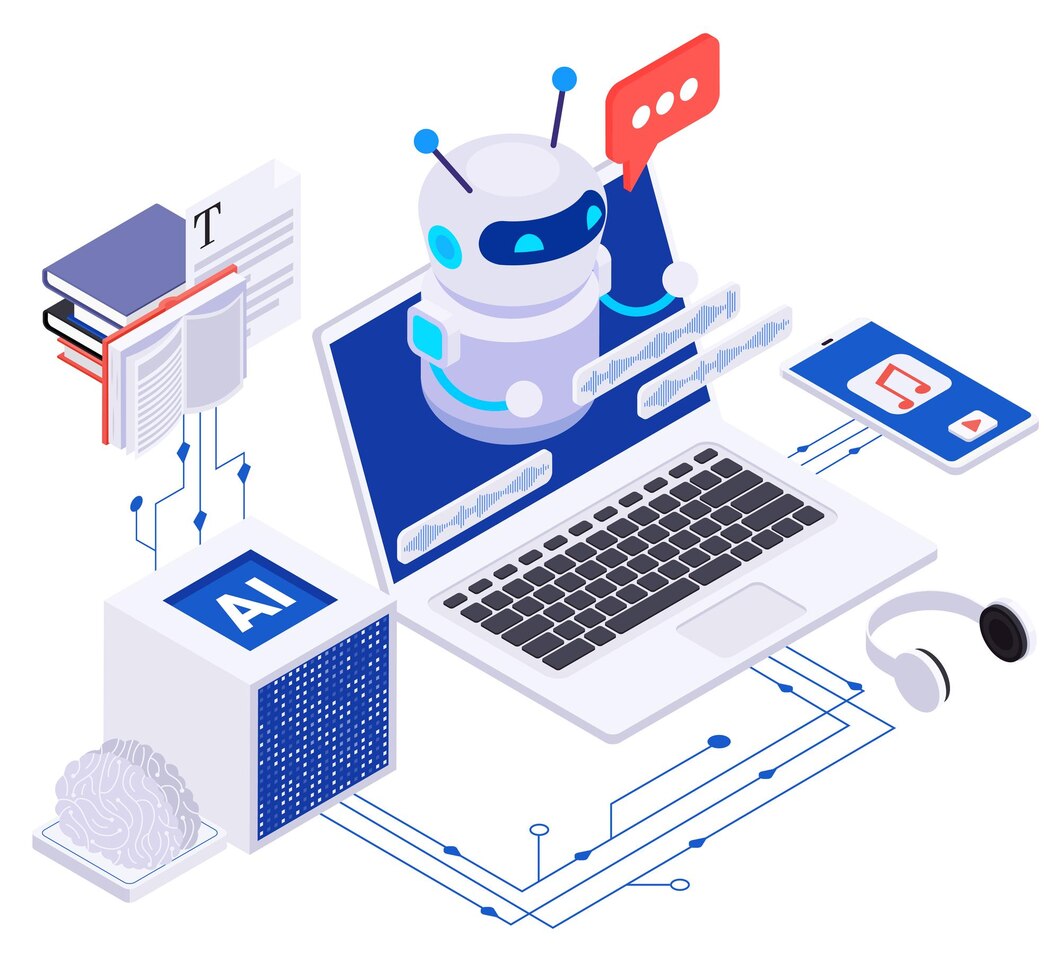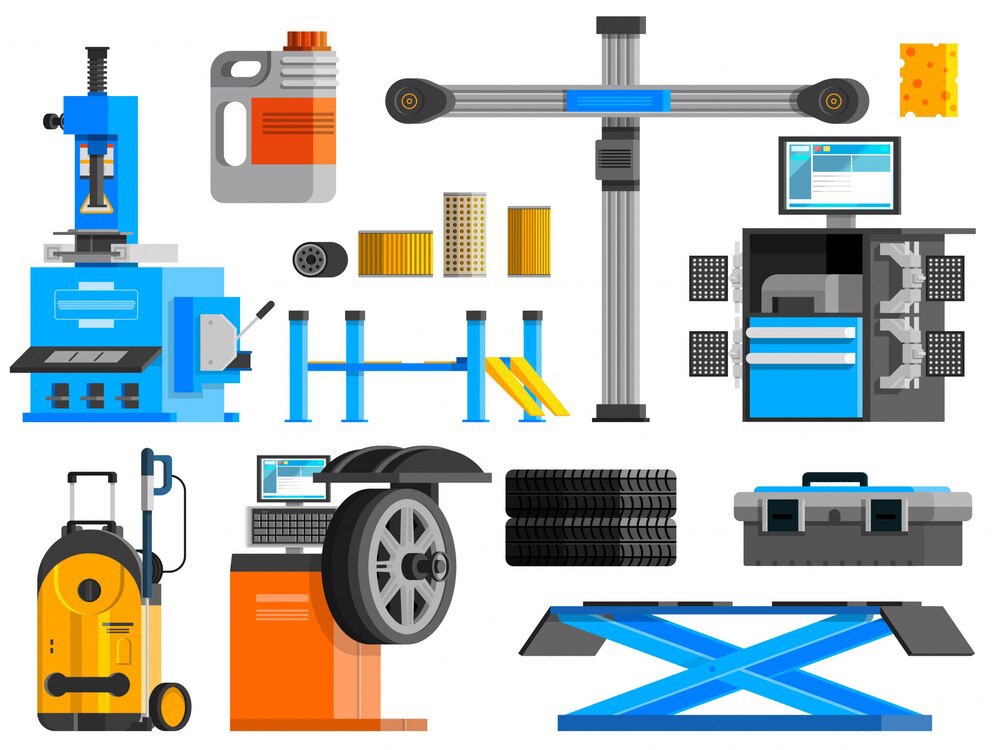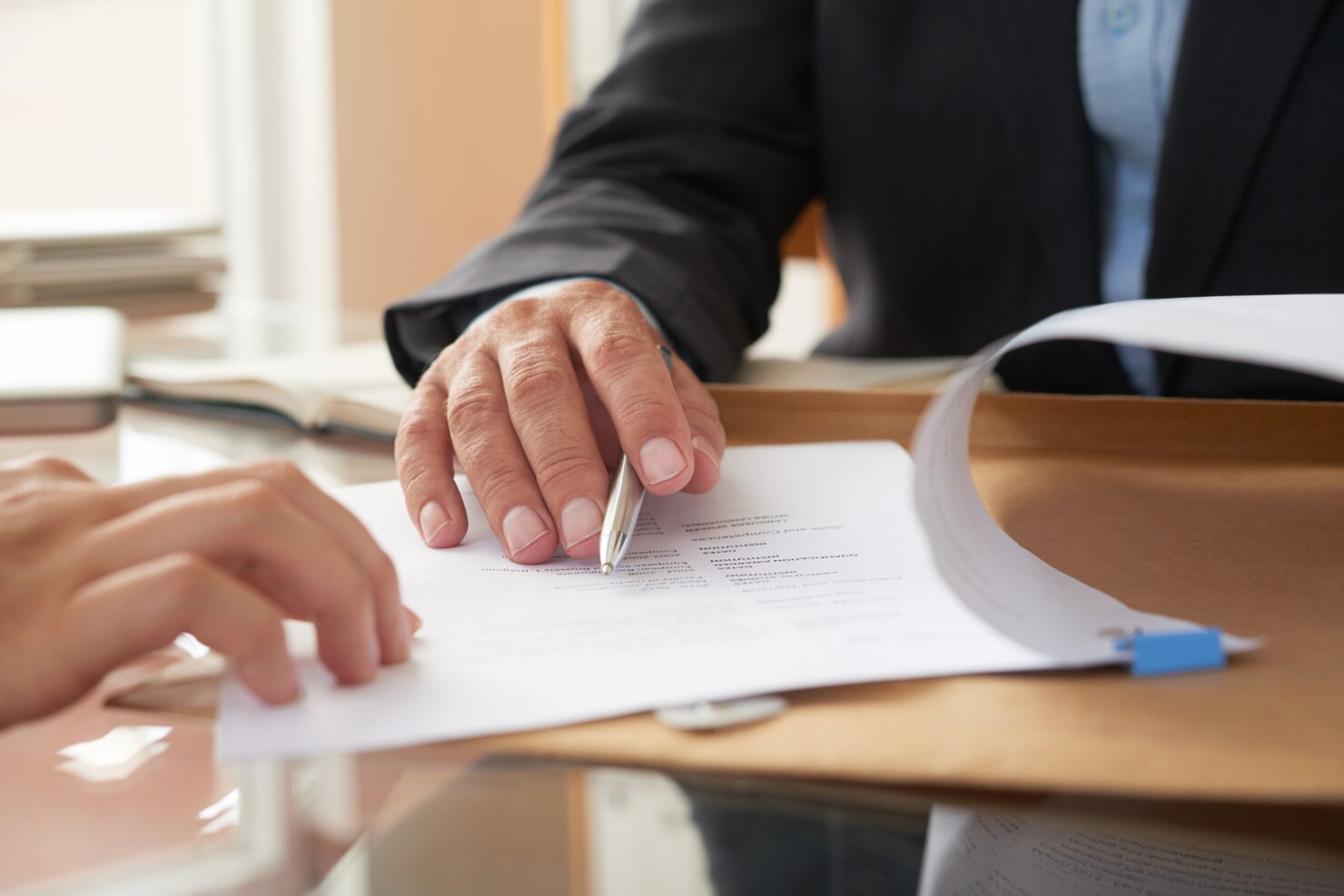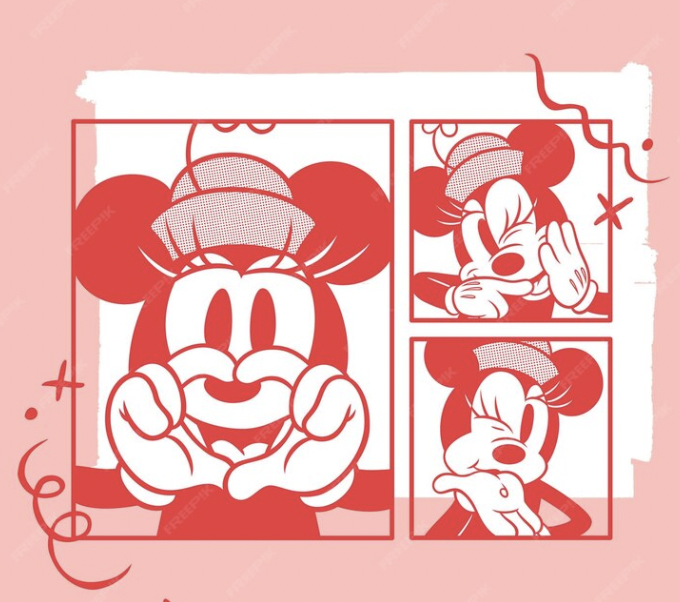Determining the authorship of inventions (inventors) created with AI assistance has been a contentious issue in recent years. However, light is gradually emerging, though it is clear that this is not yet the end of the tunnel. In the case of Thaler v. Vidal, 43 F.4th 1207 (Fed. Cir. 2022), the Federal Circuit upheld the decisions made by the USPTO to reject two petitions seeking to designate an AI system as an inventor. The ruling was based on the interpretation of the definition of “inventor” as outlined in 35 U.S.C. 100(f), which refers to “the individual or, if a joint invention, the individuals collectively who invented or discovered the subject matter of the invention.” The court concluded that an inventor must be a natural person. Additionally, the court clarified that it did not address “whether inventions made by human beings with the assistance of AI are eligible for patent protection.”

Following the above case, on Feb 12, 2024, the USPTO issued new guidance regarding the use of artificial intelligence (AI) in the development of new inventions. This guidance clarifies that AI-assisted inventions are not automatically ineligible for patents. The Patent Act does not prohibit a person utilizing a tool, including an AI tool, from being named as an inventor.
The guidance emphasizes that the use of an AI system (or other advanced tools) by natural person(s) does not disqualify them from being recognized as the inventor (or joint inventors) if they have made significant contributions to the claimed invention.
The main question for individuals utilizing an AI system is whether their contribution was significant?
Determination of “significant contribution”
The established criteria for determining inventorship by individuals should be extended to encompass inventorship in the emerging field of AI assistance. According to the existing criteria, an inventor must (Pannu factors):
(1) substantially contribute to the conception or reduction to practice of the invention,
(2) provide a significant contribution to the the claimed invention that is not insignificant in quality, when that contribution is measured against the dimension of the full invention, and
(3) do more than merely explain to the real inventors well-known concepts and/or the current state of the art”.
Determination of proper inventor(s)
The guidance recognizes the challenge in determining whether a natural person’s contribution to an AI-assisted invention qualifies them as an inventor and acknowledges the absence of a clear-cut criterion. To aid applicants and USPTO staff, the guidance offers a set of non-exclusive principles intended to guide the application of the Pannu factors to AI-assisted inventions.
- The utilization of an AI system by a person in inventing does not nullify their role as an inventor.
- Mere presentation of a problem to an AI system without further contribution may not confer inventorship, as an idea alone does not constitute conception. However, significant input may be demonstrated in the way the person constructs the prompt in view of a specific problem to elicit a particular solution from the AI system.
- Merely recognizing and acknowledging the output of an AI system does not suffice for inventorship, as reduction to practice alone does not establish inventorship. Yet, significant input in utilizing the AI system’s output to generate an invention can demonstrate inventorship.
- The person who designs, constructs, or trains an AI system to address a particular problem and produce a specific solution may qualify as an inventor.
- Owning or overseeing AI system does not automatically confer inventorship for inventions developed through its use.
The application of the Pannu factors to ascertain whether a natural person has significantly contributed to an AI-assisted invention is conducted on a claim-specific and case-by-case basis. When an individual utilizes an AI system to invent, they must make a significant contribution to each claim.
The Guidance is open for feedback until May 13, 2024, and may undergo revisions. In the interim, inventors seeking patent protection for AI-assisted inventions should meticulously document the human inputs throughout the inventive process, claim by claim. This documentation should include:
(1) Details regarding the technology employed and, if applicable, specifics regarding the design, construction, and training of the AI system to address a particular problem.
(2) The procedural steps undertaken, such as outlining the specific problem or desired outcome, the outputs generated by the AI system, subsequent experimentation and adjustments made based on these outputs (including additional prompts or independent experimentation).
This article is for general information purposes only and is not intended to provide any legal advice for any particular case. The legal provisions referenced in the content are in effect at the time of publication but may have expired at the time you read the content. We therefore advise that you always consult a professional consultant before applying any content.
For issues related to the content or intellectual property rights of the article, please email cs@apolatlegal.vn.
Apolat Legal is a law firm in Vietnam with experience and capacity to provide consulting services related to Intellectual Property Rights and contact our team of lawyers in Vietnam via email info@apolatlegal.com.





































